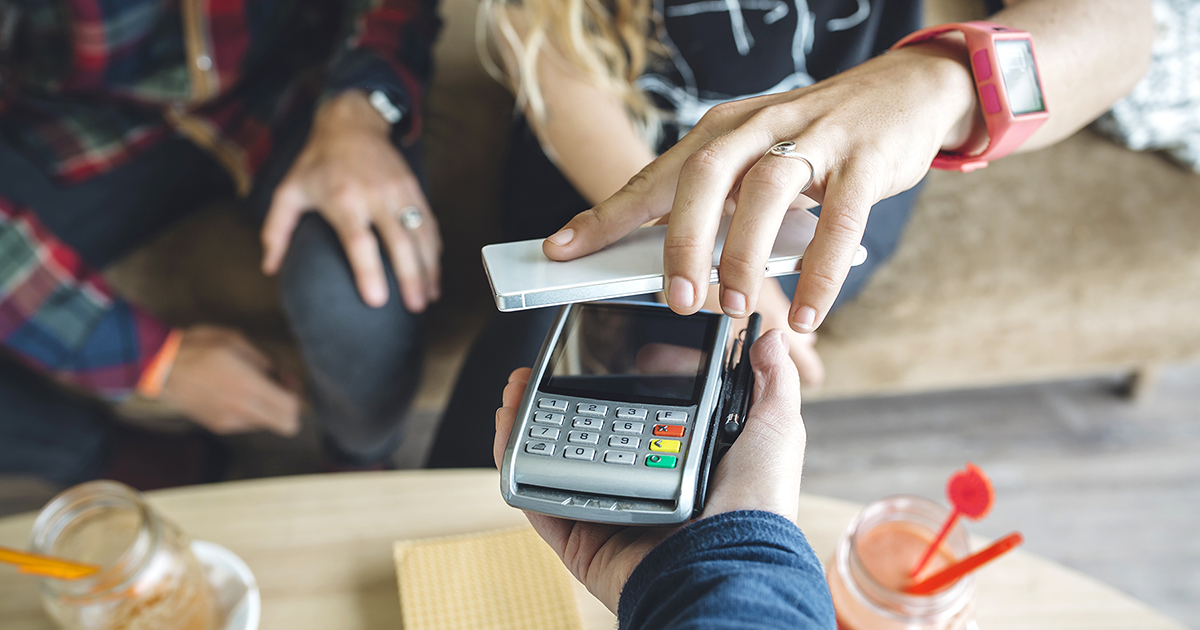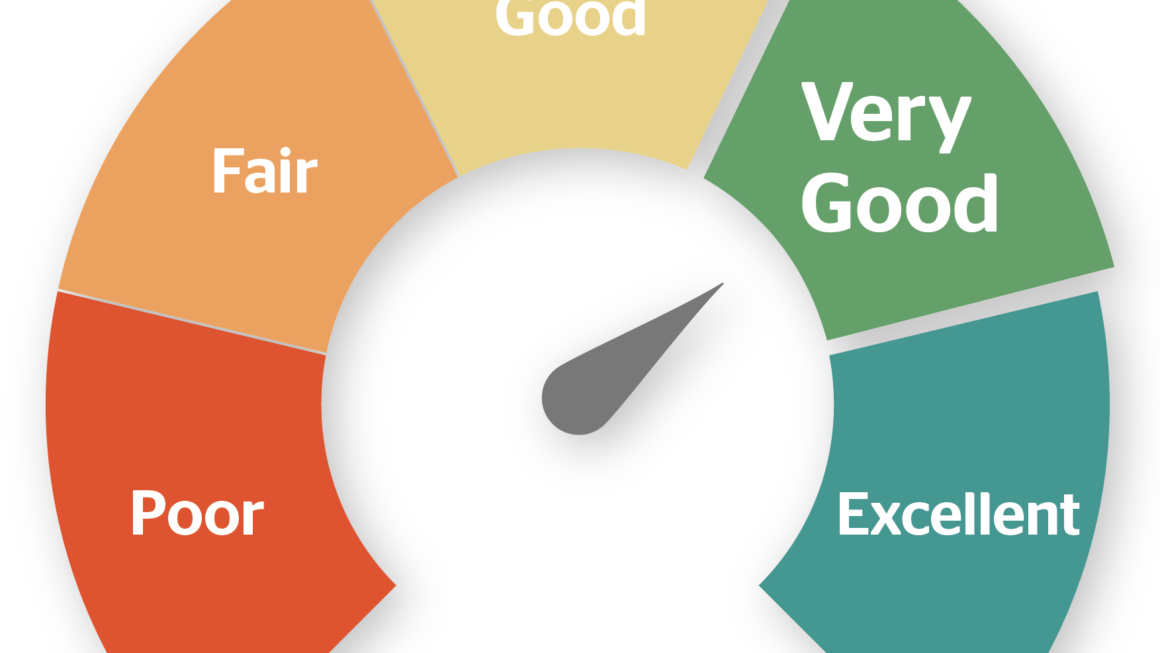NFC is a short-range communication technology that allows two devices to exchange information when brought together.
This means that you can use your mobile phone to pay for items in stores, or even unlock doors.
NFC has been around for some time now and is used in many forms of transport ticketing systems. It is also used by a number of popular android smartphones. However, it’s only really come to prominence recently as retailers have started adopting NFC payments as an alternative to using credit or debit cards.
In this article we’ll take a look at how NFC works, what it can do, how secure it is and whether you should be using it right now.
It’s the next big thing
NFC stands for Near Field Communications and is a set of standards for smartphones, credit cards and other devices to establish radio communication with each other by touching them together or bringing them into close proximity, usually no more than a few inches.
For years NFC has been the next big thing. Even though it’s fitted as standard in most smartphones, consumers have yet to take it to heart. However, according to many within the mobile industry that will soon change.
That’s largely due to the technology’s many possible applications. These include mobile payment, data transfer, ticketing, key cards, electronic identity documents, and access to information through the payment gateway integration.
What is NFC?
NFC is an abbreviation of Near Field Communication. It is a set of short-range wireless technologies that enable electronic devices to communicate data with each other when they are brought within 4cm (1.6 inches) of each other, or touched together.
The core technology is simple – it’s a short range wireless link, using radio frequencies. It enables small packets of data to be shared between two NFC-enabled devices over a distance of less than 10 centimetres.
From a user’s perspective an NFC device has two components – a reader and a tag. A tag can contain information, such as text, maps, and URLS. And a reader is exactly that.
Unlike other mobile communications technologies such as Bluetooth and Wi-Fi, NFC can communicate with non-powered devices. There are three operational modes: Tag Read/Write – your device can communicate with tags on posters or products. Peer-to-peer – two NFC-enabled devices generate their own RF (radio frequency) fields allowing them to exchange data. Secure Card Emulation – this supports a ‘secure element’ allowing a mobile phone to be used to pay for goods and services.
Ubiquitous Technology?
NFC technology is still largely in the trial phase, but according to ABI research it will be commonplace by the year 2017. By then, the technology market research firm predicts that 395 million devices will be NFC enabled. In other words it will be everywhere.
NFC stands for “near field communication”, and it is used to share data between two devices that are very close together, typically within a few centimetres. The NFC chip in your phone can communicate with similarly equipped devices such as payment terminals or vending machines as long as they are within range of each other.
NFC in mobile has been around for some time now, but it has yet to become mainstream due to its slow adoption rate by consumers and businesses alike. However there are signs that this is changing as more people become familiar with the technology and more businesses come on board with NFC-enabled services and products.
Read More About Zara Techs.



